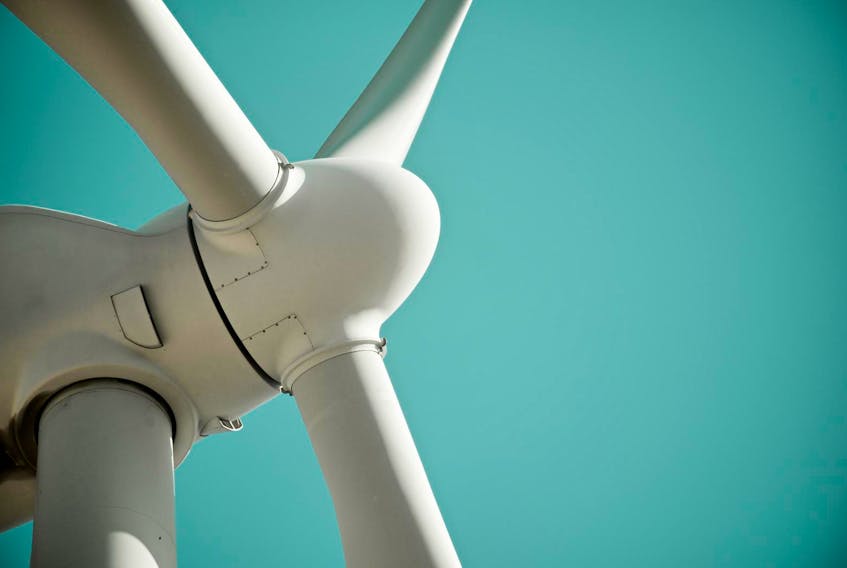The Ecology Action Centre wants to show Nova Scotians what a green economy can look like.
“These goals, we believe if they were legislated, would set us down a path of sustainability, where no Nova Scotians would get left behind, where there would be good, well-paying jobs and lots of added value to our economy,” Meghan McMorris, community energy co-ordinator at EAC, said of the environmental group’s plan for that green economy.
“Really we are at a critical time in history,” McMorris said. “We have to choose which path we are going to go down. One is a path of sustainable prosperity, the other is a business as usual where the current injustices and struggles that people are facing are only going to become exacerbated by climate change.”
That introduction may sound a bit like a socialist manifesto but McMorris and her EAC colleague, Stephen Thomas, say it is a plan forged just in time for the pending renewal of the 2007 Environmental Goals and Sustainable Prosperity Act.
The EAC commissioned an economic analysis from Gardner Pinfold Consultants and the findings are to be unveiled at a Tuesday news conference.
Gregor MacAskill of Gardner Pinfold said the report is a cost-benefit analysis.
“With the EAC targets, what are the activities needed to make that path happen, what are the costs associated and what are the greenhouse gas reductions. If you think of those two paths, what are the costs and benefits of doing one versus the other.”
The first of the six EAC goals or targets is the most important and the others are tied to it, Thomas said.
“It’s a larger reduction of greenhouse gas emissions, reducing emissions by 50 per cent from 1990 levels by 2030,” Thomas said. That would put Nova Scotia in line with doing its fair share of emissions reductions to meet the Paris Agreement target of holding global warming to a 1.5-degree increase.
The initial goal can be met through four related initiatives:
- supplying 90 per cent of provincial electricity needs with renewable energy by 2030
- saving energy and making people more comfortable in their homes by reducing energy consumption in existing social housing by 60 per cent or more by 2030
- tripling energy efficiency in the electricity sector by 2030
- electrifying personal and public transportation.
The EAC says if the initial five goals are met, it will substantially increase the economic prosperity of the green economy, with an aim of creating more than 15,000 green jobs by 2030.
Thomas said the province currently provides 30 per cent of provincial electricity needs with renewable energy and has a goal of 40 per cent by the end of 2020, which could be doable with the pending connection of the Muskrat Falls cable link.
The EAC goal would be met by increasing wind-generated power substantially to encompass 45 per cent of the total power generated by 2030. Thirty-nine per cent of electricity would come from hydro, nine per cent from natural gas and the remainder from solar, small biomass, tidal and other sources.
“This would entirely replace the coal plants in Nova Scotia, the eight coal units across the 12 plants, about 1,200 megawatts.” Thomas said. “The point of this analysis was for us to get to that level, to completely phase out coal.”
Reaching that goal by 2030 would require a $568,804,207 investment in converting to renewables over the intervening 12 years. The investment would result in 21,107,492 tonnes of greenhouse gases avoided.
That cost would presumably have to be absorbed by Nova Scotia Power and passed along to customers but MacAskill said that would be something for the Nova Scotia Utility and Review Board and NSP to sort out. A spokesperson for NSP said the utility would reserve comment until it looks at the analysis.
The report provides similar cost-benefit analysis for the other EAC goals.
The last range of targets in the existing Environmental Goals and Sustainable Prosperity Act extend only to next year and the government is seeking public engagement about what the new goals should be. The EAC has already presented its analysis to several MLAs and ministers.









